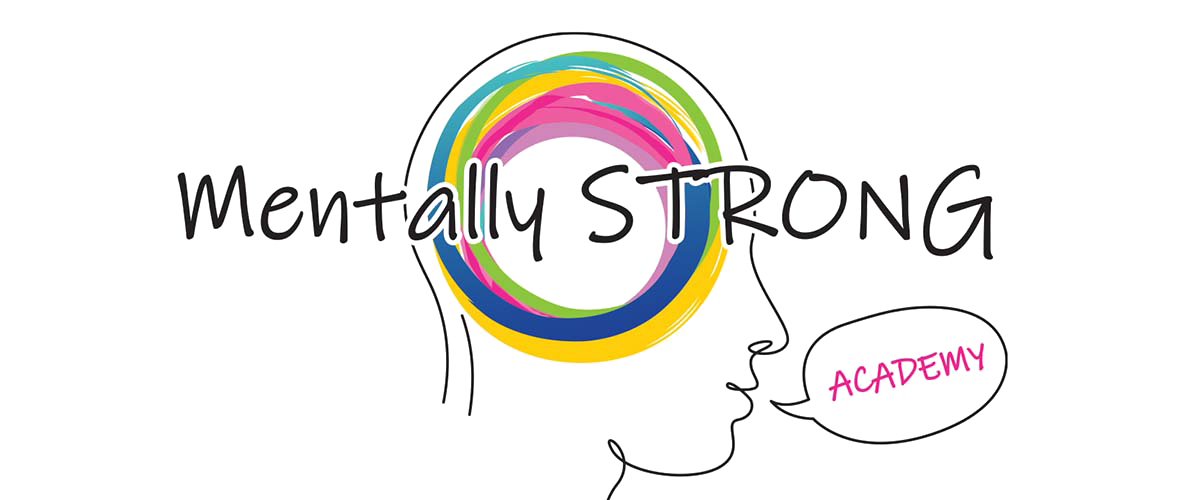Bulimia Nervosa: Symptoms, Diagnosis, and Treatment

Bulimia Nervosa is a severe and complex mental health disorder affecting millions worldwide. As a psychiatric nurse practitioner with over 20 years of clinical experience, I have seen firsthand the devastating impact of bulimia nervosa on individuals and their families. In this series called “Demystifying the DSM,” I will share my knowledge and expertise on this topic to help raise awareness and understanding of this condition.
DSM Criterion for Bulimia Nervosa
The Diagnostic and Statistical Manual of Mental Disorders (DSM) is the book that mental health professionals use to classify and diagnose various mental health conditions, including bulimia nervosa. The DSM criteria for bulimia nervosa require individuals to meet specific criteria to receive a diagnosis.
Criteria A of bulimia nervosa requires a person to experience recurring binge eating episodes with a sense of secrecy or discreetness about the behavior. Unlike overeating, where a person may consume too much food while socializing with friends, binge eating associated with bulimia nervosa is often done in secret, with a sense of lack of control over the behavior.
The second criterion, B, is the presence of compensatory behaviors such as vomiting, taking laxatives or diuretics, fasting, or excessive exercise following the binge-eating episode. These behaviors are used to “compensate” for the binge-eating episode and maintain control over body weight.
It’s important to note that bulimia nervosa is different from other eating disorders because it has a clear cycle of binge-compensate behavior. This cycle sets bulimia nervosa apart from anorexia nervosa, binge-eating disorder, and orthorexia.
Criteria C requires the behavior to occur at least once a week for more than three months to be diagnosed as bulimia nervosa. This requirement ensures that the behavior is persistent and not just a one-time occurrence.
Criteria D requires the individual to be preoccupied with body shape and weight. This preoccupation can lead to anxiety and distress, and it is often the driving force behind binge-eating episodes and compensatory behaviors.
Criteria E requires the person not to meet the criteria for anorexia nervosa. Unlike anorexia nervosa, where individuals are typically underweight and malnourished, bulimia nervosa affects individuals of all sizes and shapes.
What Makes Bulimia Different
One of the challenges with diagnosing bulimia nervosa is that individuals often try to hide their behavior due to shame or guilt. Unlike anorexia nervosa, which is often associated with a visible physical appearance, bulimia nervosa may not be noticeable by looking at a person’s body size or shape. This makes identifying and diagnosing the disorder challenging, and individuals may suffer in silence for years without proper treatment.
Bulimia Treatment
Treatment for bulimia nervosa typically involves a combination of therapy, medication, and nutritional counseling. Cognitive-behavioral therapy (CBT) is often the first-line treatment for bulimia nervosa. CBT helps individuals to identify and change their negative thoughts and behaviors surrounding food, body image, and weight. It also allows individuals to develop healthy coping mechanisms to manage stress and anxiety.
Antidepressant medications may also be prescribed to help with symptoms such as depression, anxiety, and obsessive-compulsive behaviors. Nutritional counseling is another important aspect of treatment, as it allows individuals to learn healthy eating habits and develop a healthy relationship with food.
In conclusion, bulimia nervosa is a complex mental health disorder requiring proper diagnosis and treatment. Understanding the DSM criteria for bulimia nervosa is essential in identifying and treating the disorder. If you or someone you know is struggling with symptoms of bulimia nervosa, please seek professional help as soon as possible.


